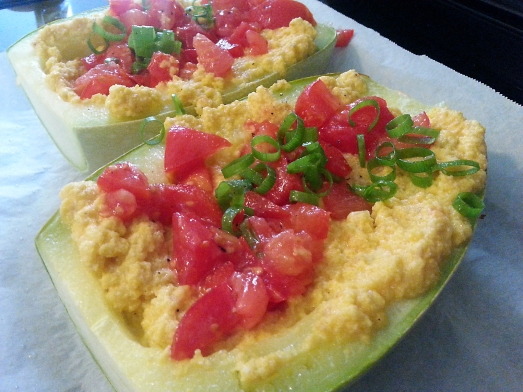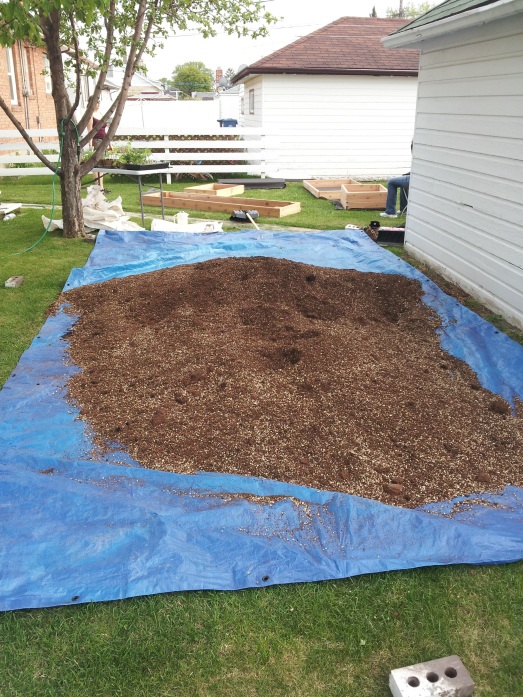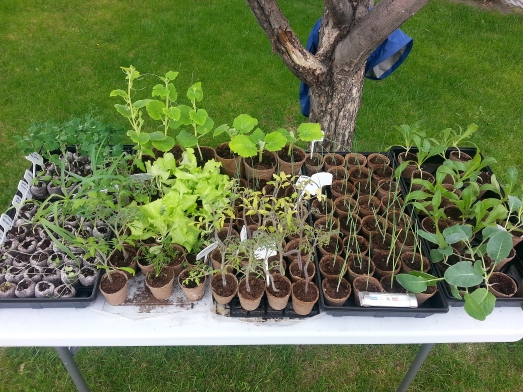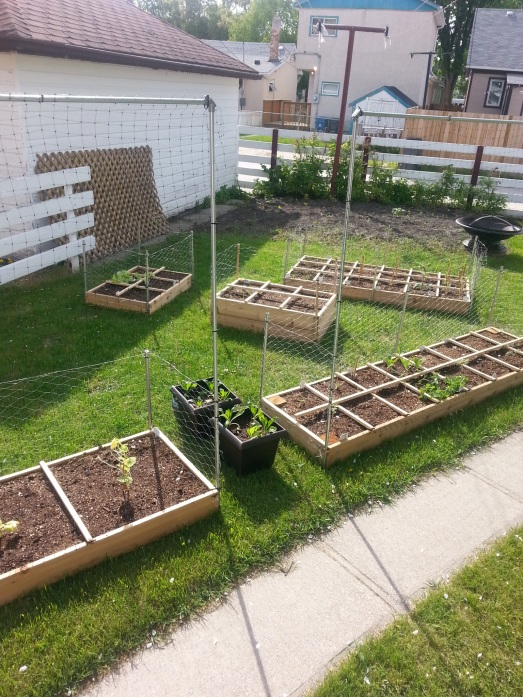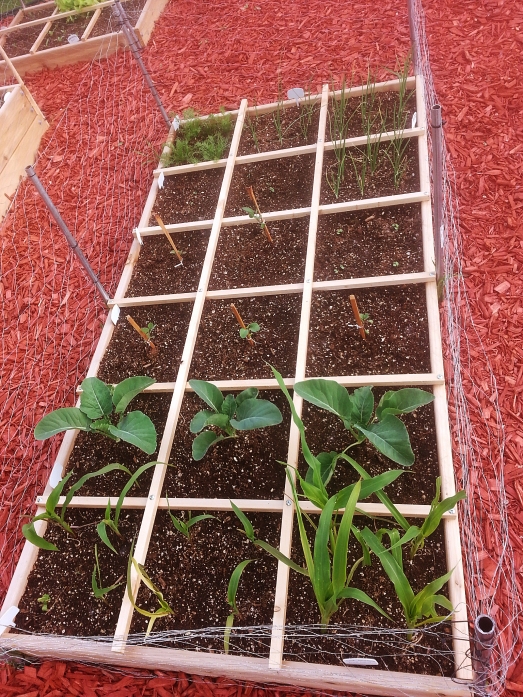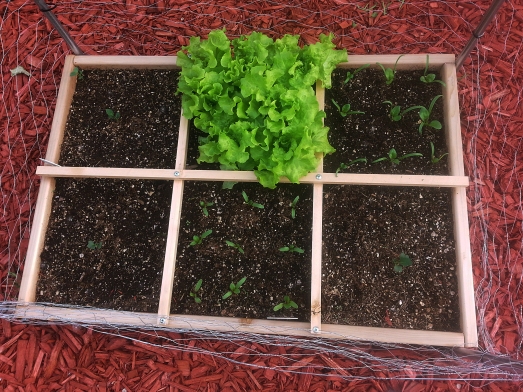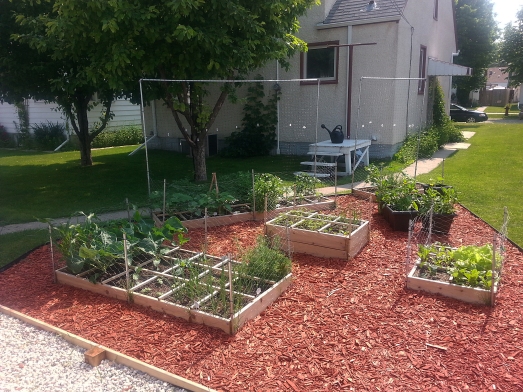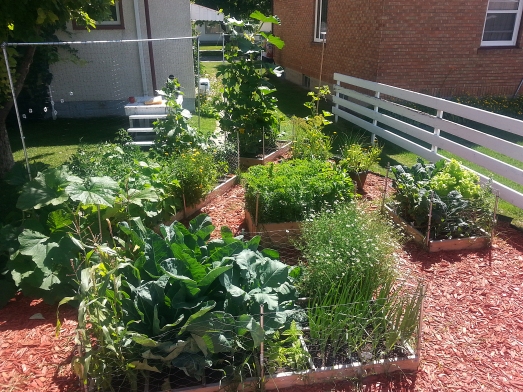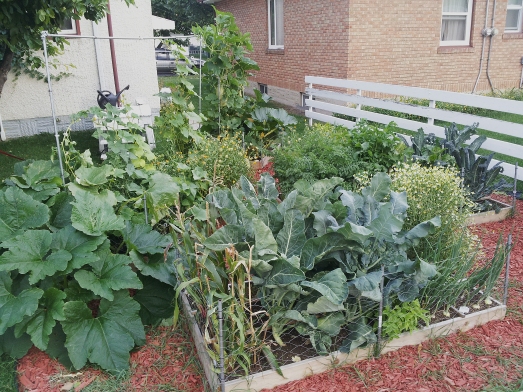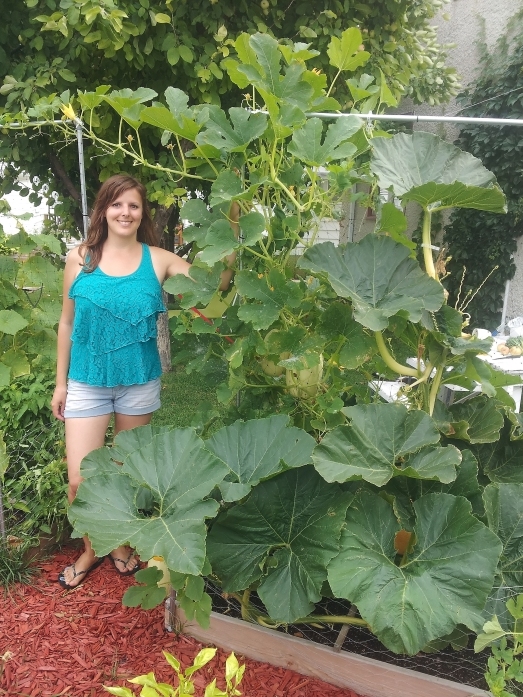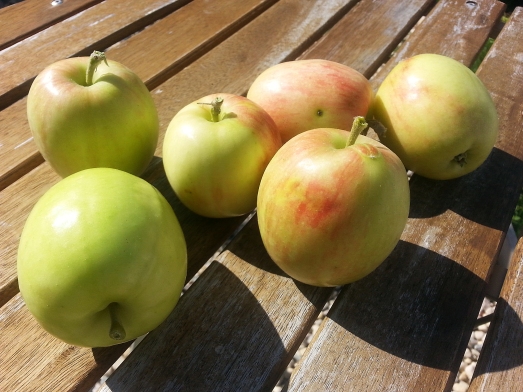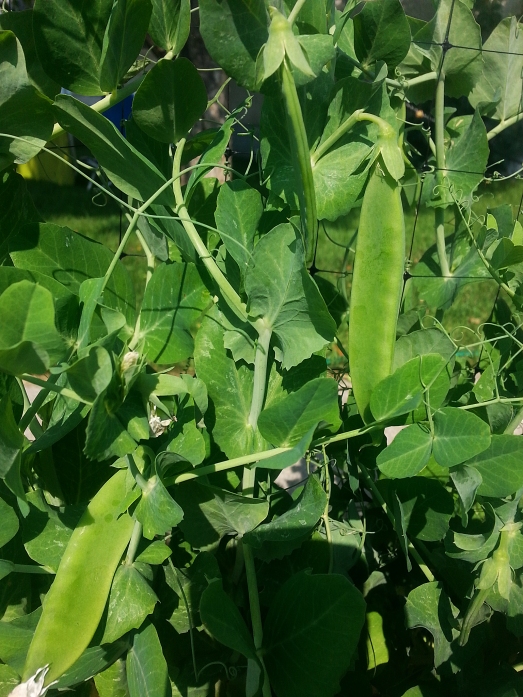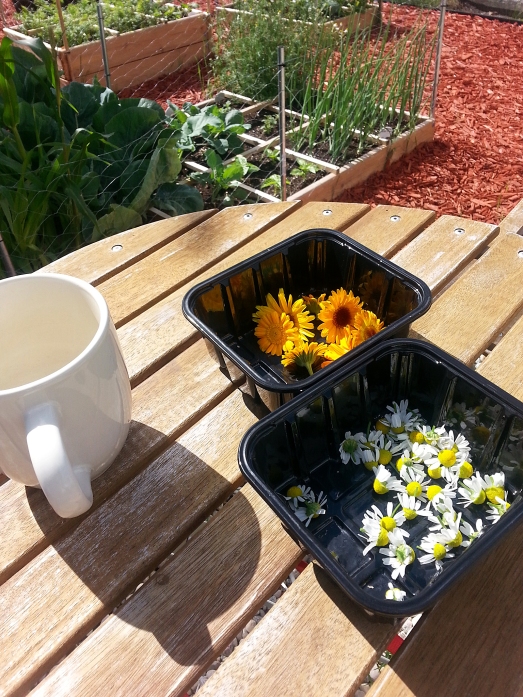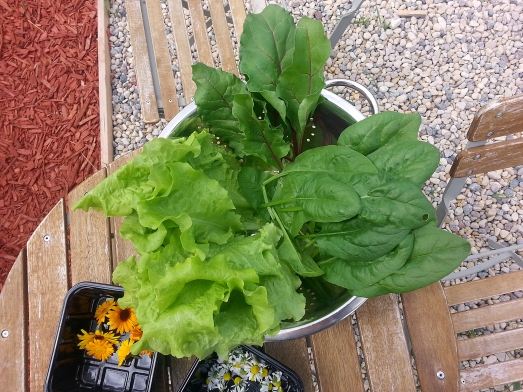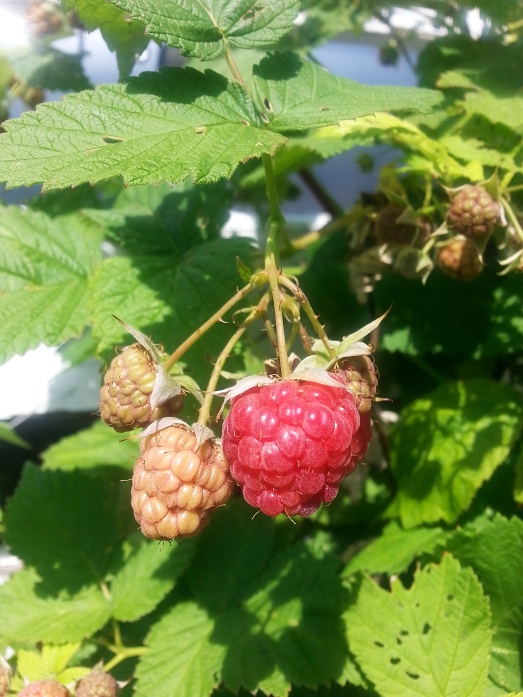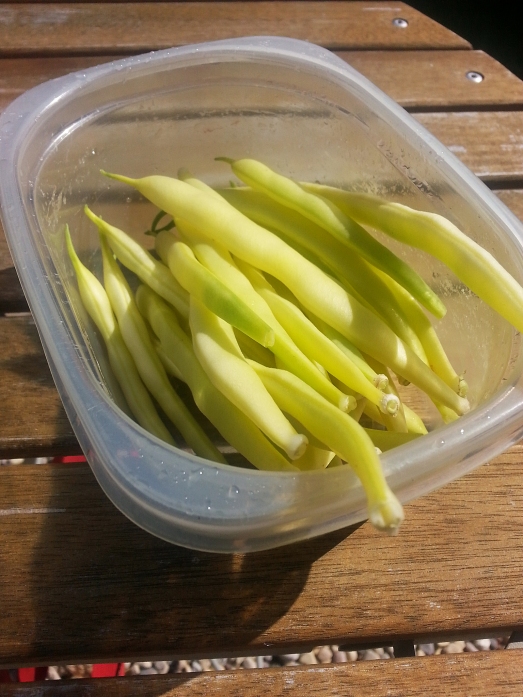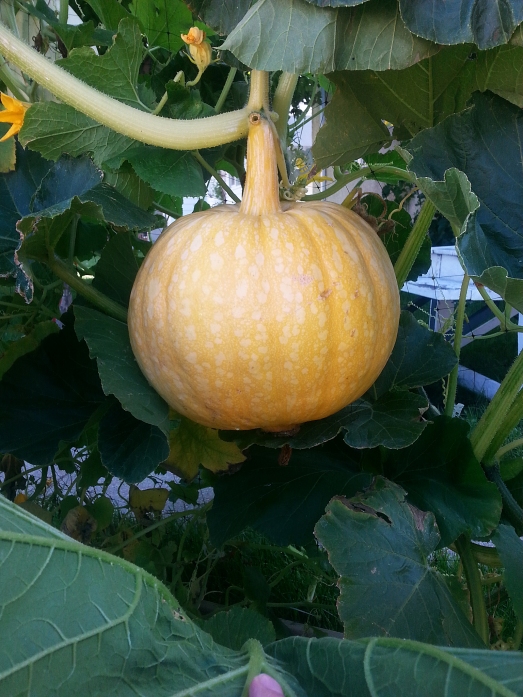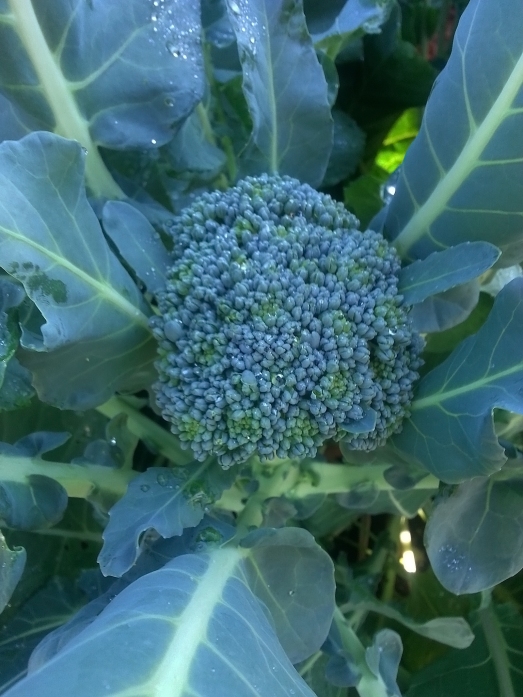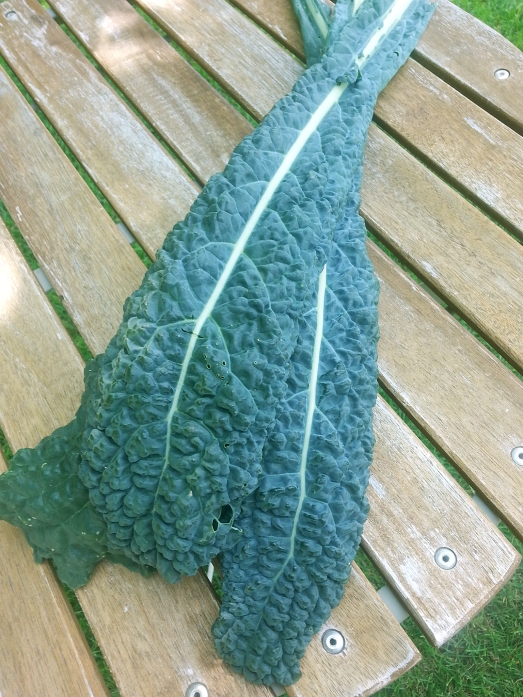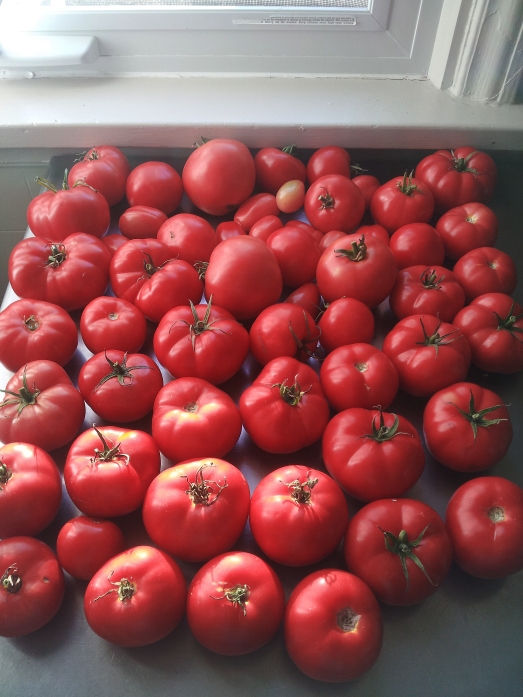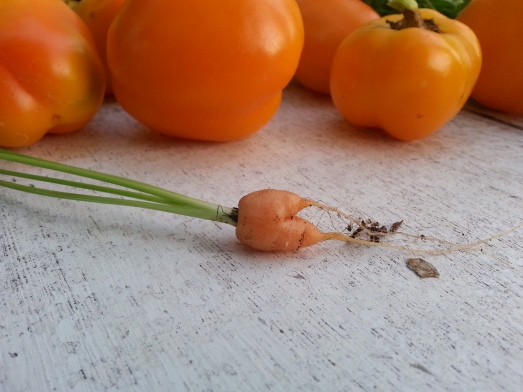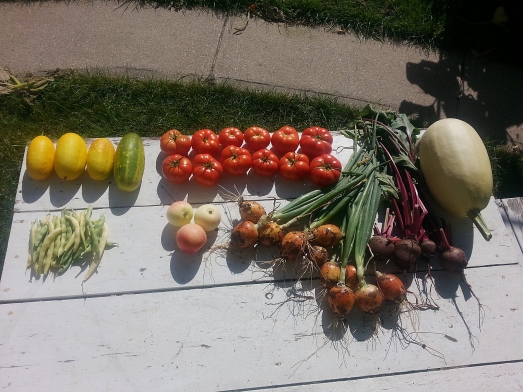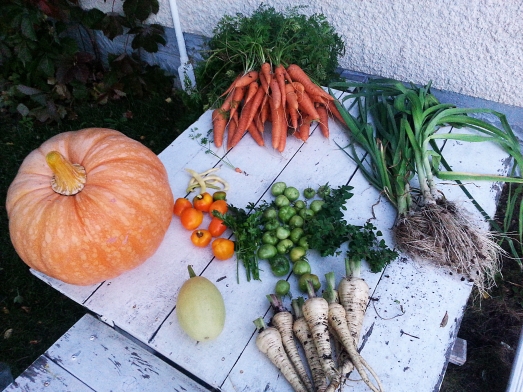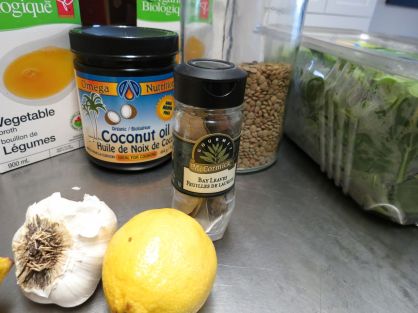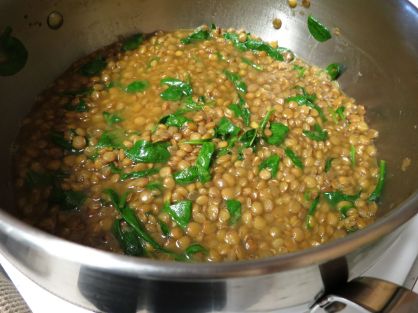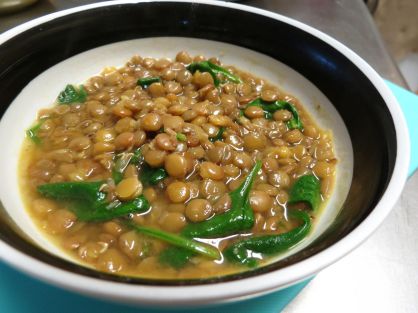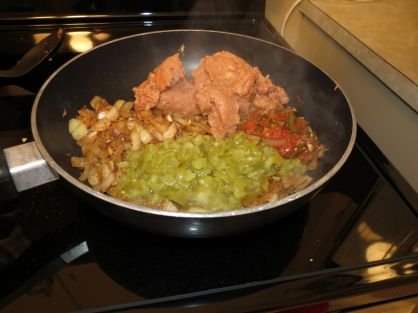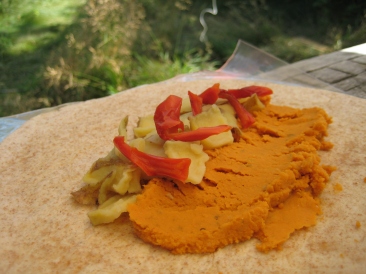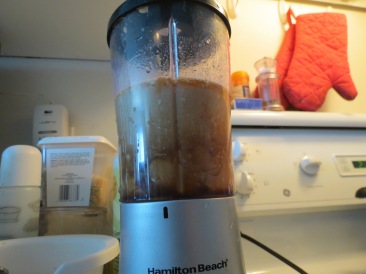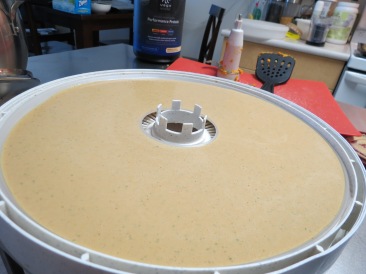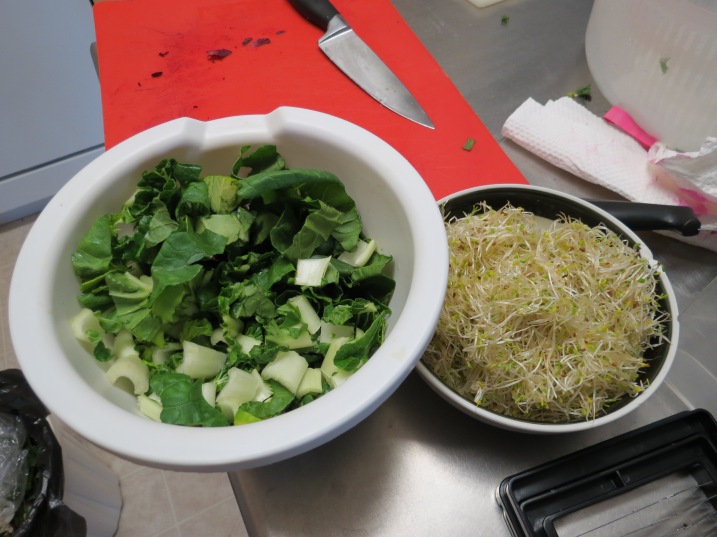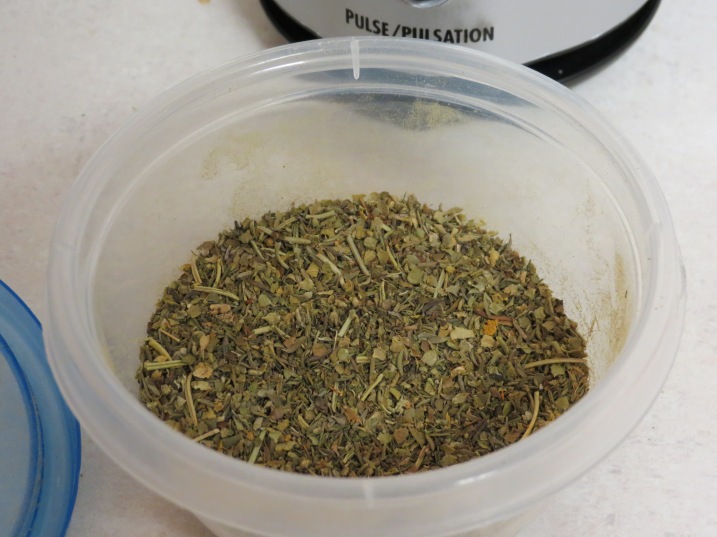This is a first. Today I bring to you a book review!
Upon receiving my copy of Veganish – the omnivore’s guide to plant-based cooking I wasn’t exactly sure what to expect. I had read a description of the book and it sounded to me like a vegan cookbook. I went straight to the recipes in this book, glancing over the titles of them and they all sounded vegan to me. But when I read a bit further, I noticed each recipe included “omnivorous variations”. I guess that’s where the title “vegan-ish” comes in… This was kind of confusing to me and definitely made me have mixed feelings about the book.
I don’t really know what the author was aiming for in creating a book like this. I do understand that sometimes vegan dishes don’t always appeal to omnivores, or sometimes omnivores wouldn’t look twice at a plant based cook book – but on the other hand is giving an omnivore options with a vegan dish to make it not vegan anymore really going to help them transition to a more plant based diet? Wouldn’t the omnivore already know how to throw some chicken or butter into their dish if they felt like it?
I feel it may be hard to read a book like this and actually be persuaded to include more exclusively vegan dishes in their diet, especially when the author goes into detail about being vegetarian, and then vegan for a lot of years but then going back the other way, becoming a (as she calls it) reluctant omnivore. People do not usually welcome an adjustment like changing their diet very easily, so seeing options to add animal products into some amazing vegan dishes may be too familiar and comfortable to someone who has trouble with change.
On the other hand, this book could possibly help people discover the ingredient swaps and options for enjoying vegan food. It might be able to help those slowly transitioning to a plant based diet, for those that are actually committed to becoming plant based. And I do know that slowly changing your habits is important – I certainly didn’t become vegan overnight. Also, I realize there are families with various dietary preferences, where certain family members refuse to change and they all need to get along at meal time, so it could be a good resource for these people. After being vegan for over 3 years now, it’s been great seeing those close to me learning more about using plant based ingredients and being interested in incorporating them in their own lives!
So anyways, now I’d like to discuss my experience cooking from this book.
There are so many tasty-sounding recipes in the book, but the one that stood out to me first was the Thai green curry vegetable stew. I’ve always loved the green Thai curry you find at Thai restaurants and have never seemed to be able to recreate my own. This recipe was exactly what I have been looking for; it was amazingly flavorful and easy. I opted for the tofu variation of this recipe by pan frying chunks of tofu with some coconut oil, salt and pepper and adding it in. For the veggie mix I used red bell pepper, mushroom, celery and carrot. I couldn’t get fresh basil so I added a couple teaspoons dried. This recipe will become a regular in my home! I’ve made it twice in two weeks.
THAI GREEN CURRY VEGETABLE STEW
Yields about 4 servings
Delicious and easy, this is great over Coconut Jasmine Rice (Grains).
Choose a quality curry paste with all-natural ingredients (see About Quality Ingredients).
Combine in a medium soup pot:
- 1 Tbsp coconut oil
- 1 yellow or white onion, diced
- 1 tsp salt
Cook over medium heat for about 8–10 minutes, until onion is translucent.
Add:
- 1 Tbsp grated fresh ginger
- 2 cloves garlic, minced
- 1–3 Tbsp prepared Thai green curry paste
- ¼ cup mirin, white wine, stock, or water
Cook for 3 minutes more, stirring to lift pieces off the bottom of pan.
Add:
- 4 cups assorted vegetables, such as zucchini, broccoli, bell peppers, mushrooms, and snow peas
- 1 can full-fat coconut milk
Simmer until vegetables are cooked.
Add:
- ¼ cup whole Thai basil leaves
- juice of 1 lime
- 1–2 tsp Sucanat or coconut sugar, to taste
Adjust salt, sweetener, and lime to taste. Serve over rice.
Variation
- To add [extra] protein to this dish, add tofu (fresh or fried separately in coconut oil) with the seasoned coconut milk. Simmer until almost fully cooked before adding vegetables so as not to overcook them.
- I sometimes blanch and shock (see Essential Techniques) the vegetables separately and add them at the end to keep them perfectly cooked.
If this book is what you’ve been looking for, here is some further information.
Buy Links
About the Author:
Mielle Chenier-Cowan Rose has been a vegan chef and advocate for natural living for over 15 years. She studied healing foods and culinary nutrition at Bauman College and has worked with some of the most prominent vegetarian restaurants in the San Francisco Bay Area, including the raw food restaurant phenomenon Café Gratitude. Readers of her culinary writing can almost taste the uncommon reverence she has for her ingredients, for cooking, and for every being on the planet. She lives in Nevada City, CA.





